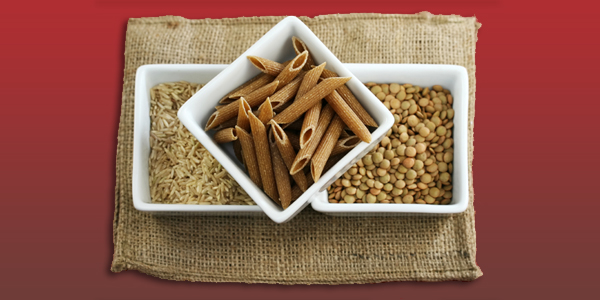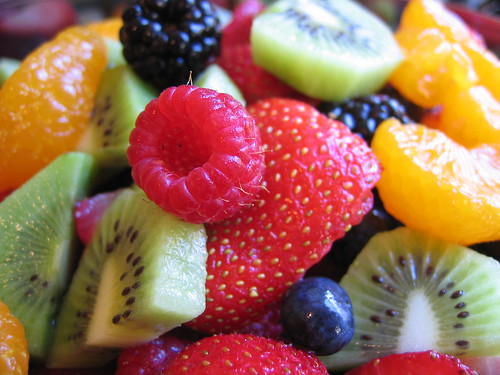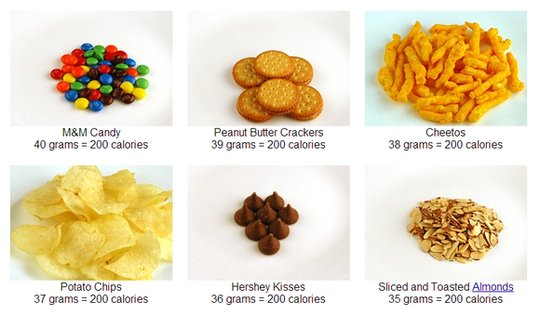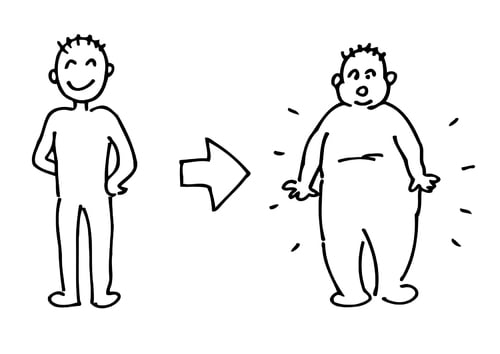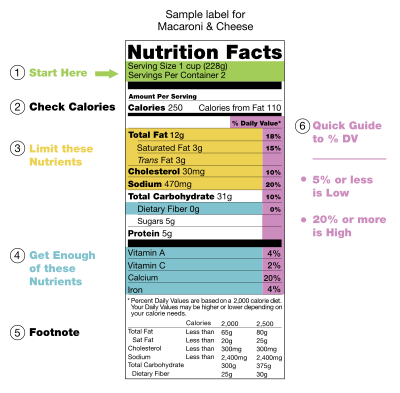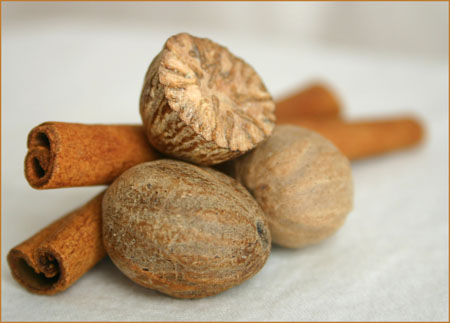Source: Yahoo! Finance article
5 Things Candy Makers Won't Tell You
1. "You're Paying More For Less."
In May, Nestle introduced two new candies under its new Skinny Cow label: nut clusters and a chocolate-covered wafer crisp, each under 120 calories, the latest to join the candy industry's rush keep calorie-conscious snackers in the fold. Many major candy companies now offer low-cal treats, including Mars' 3 Musketeers Truffle Crisp Bars (34% fewer calories than a 3 Musketeers) and Hershey's 100 Calorie Crisp Wafer Bars (50% fewer calories than a Kit Kat).
But the candy companies' secret to keeping the calories down doesn't come from a new miracle cocoa bean. They've simply done what weight-loss experts have advocated for years: They've cut the portion sizes -- but not the prices, meaning health-conscious candy buyers are paying proportionally more for less candy. The Mars Truffle Crisp bar and its regular 3 Musketeers bar, for example, each cost $1, but at 1.1 ounces, the lower-calorie bar is half the size of the more caloric treat.
Mars and Hershey's declined to comment, but Gary Stibel, founder and CEO of the New England Consulting Group says this is just smart marketing on the candy companies' part. "People will pay a premium to take calories out of the package," he says. "And it takes away a reason why people don't eat candy."
2. "Our Candy May Have More Than Sugar."
Consumers have long been warned about the dangers of lead paint, but few know that the lead levels in chocolate products can also run high. While lead can turn up in many foods in trace amounts, in 2004 chocolate bars had among the highest lead levels of 280 items surveyed by the Food and Drug Administration. In 2006, the agency issued a recall of some types of Dagoba Organic Chocolate for having a lead content that was too high. (Dagoba, which was bought by Hershey's in 2006, did not respond to requests for comment. At the time, a company executive told reporters that the test results an isolated incident and said no reports of illness were associated with the recall.) Researchers in California have also found that bittersweet chocolate and chocolate pudding had levels of lead that would exceed that state's recommendations, says Russ Flegal, a professor of microbiology and toxicology at the University of California at Santa Cruz and one of the researchers. That doesn't come from the cocoa bean itself, he says, but is rather a result of handling, processing and storage.
Most people don't eat enough chocolate for the lead to have serious consequences, says Flegal: You'd have to eat one-and-a-half milk chocolate bars each day to put your lead intake above California's recommendations for what is considered safe. But he thinks consumers, especially parents of small children, ought to be aware of the limits. "Some children eat a lot of chocolate, and it could be a potential problem," he says.
The candy industry notes that small amounts of lead are often found in plant-based foods, and say they're taking every possible precaution. "Manufacturers take many steps to ensure that lead is at its lowest level possible in chocolate products," says Susan Smith, a spokeswoman for the National Confectioners Association.
3."Chocolate is Not Actually Good For You."
Chocoholics love to cite the healthful properties of the candy, and the candy industry is happy to arm them with statistics and research to support the claim. On Hershey's website, for example, the company says chocolate "may contribute to improved cardiovascular health," citing the antioxidant properties of cocoa and a connection between antioxidants and a reduced risk of heart disease and cancer, among other illnesses. A separate study on the National Confectioners Association website claims that children and teens who eat candy are less overweight or obese than their peers who don't.
Not so fast, warn health care experts. While chocolate does have antioxidants, which protect cells against certain kind of damage, and the occasional indulgence is satisfying, chocolate treats "are not fruits and vegetables," says Bonnie Liebman, nutrition director for the Center for Science in the Public Interest, a consumer advocacy organization. So far, she says, there is no definitive evidence that antioxidants have any positive effect on your health, and "there's no health authority that recommends eating more chocolate." And outweighing any potential benefits, experts say, are the detrimental effects of fat, sugar and calories. With two out of three adults and half of children either overweight or obese, "We do not need a license to eat more chocolate," says Ross A. Hammond, a senior fellow at the Brookings Institution, who estimates that the annual costs from obesity may run to $215 billion a year.
The candy industry is aware of the need to eat healthy, says Smith of the National Confectioners Association. "Candy is supposed to be one of life's little pleasures." Hershey's declined to comment on the health claims made on its web site.
4. "Our treats could land your kid in the ER."
Of the roughly 17,500 children who go to the hospital each year for choking, nearly 20% were chewing gum or candy, according to the latest national estimates of nonfatal injuries by the Centers for Disease Control. For this, health experts and advocates squarely blame the government and candy makers for not doing enough to warn parents and kids about the dangers of choking on their candies. There were a series of incidents between 2000 and 2002 in which "gel candies," jellies that come in plastic cups about the size of coffee creamers, were linked to a several choking deaths in children. That prompted some in Congress to propose the Food Choking Prevention Act, which would have required warning labels on some foods. "Many more children would be alive today if the choking hazards posed by gel candies and other foods marketed to children were investigated quickly and pulled from store shelves," said Rep. Mike Honda (D., Calif.) at the time. That legislation didn't pass, but last year, the American Academy of Pediatrics released a report on choking prevention that concluded that the FDA should "evaluate foods and require warning labels on foods that pose a high choking risk to children."
Danger aside, it's also an expensive risk. If you have to rush your choking child to the emergency room, expect a bill for the ambulance ride, emergency room visit and possibly a visit to a pediatric gastroenterologist, says Alan Cherkasky, a family practitioner in Kaukauna, Wis. "This could easily cost many thousands of dollars," he adds.
The National Confectioners Association's Smith acknowledges that "hard candies are not for kids under three," but says parents can help prevent their children from choking by restricting them to age-appropriate candy.
5. "When our costs went up, so did yours."
On top of the rising costs of fuel, the prices of candy's staple ingredients -- sugar and chocolate -- remain near all-time highs this year. Sugar now costs about $0.25 per pound, up 55% over a year ago, according to International Monetary Fund data; cocoa prices have almost doubled over the last five years to about $3,000 per metric ton. So what's a candy maker to do? Pass the golden ticket along to consumers. Most candy companies have increased prices this year by about 10%, says Chris Growe, an analyst with brokerage and investment firm Stifel, Nicolaus & Company. Companies typically don't advertise their price increases, although in March, Hershey's said it was increasing its prices to offset the higher costs of materials and fuel among other things, in order to keep profits on track. The company didn't respond to requests for comment, but so far, the strategy seems to be working: Hershey's stock is up 23% to $59 per share in the last 12 months. For consumers, a candy bar is a modest expense, says Growe. "You may not be able to buy that flat-screen television, but you can afford a Twix bar," he says.
Super U's Bottom line: Candy is never good for you but if you make a conscious effort to stick to the more wholesome ones or even just portion candy out yourself you'll save both money and pounds.












